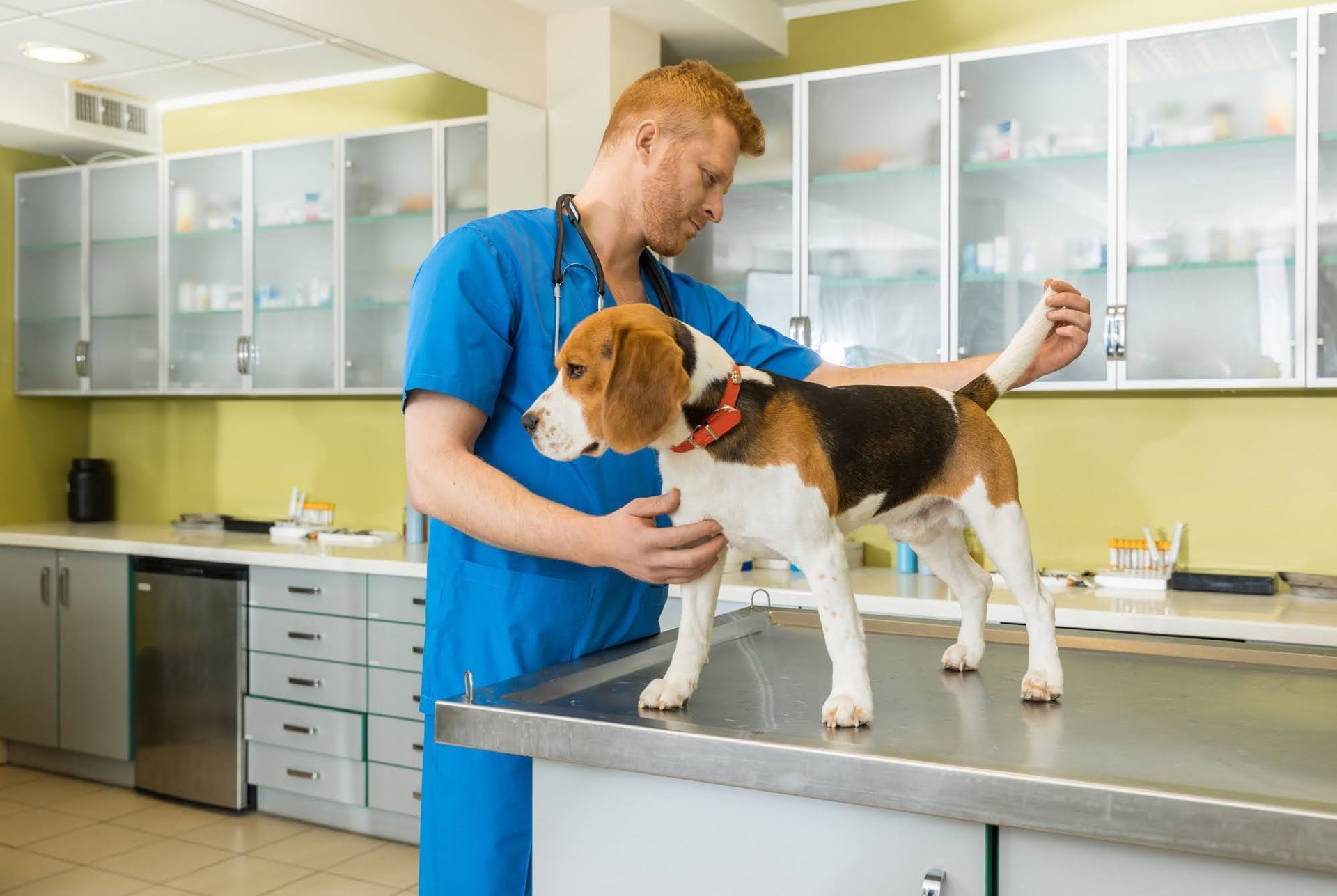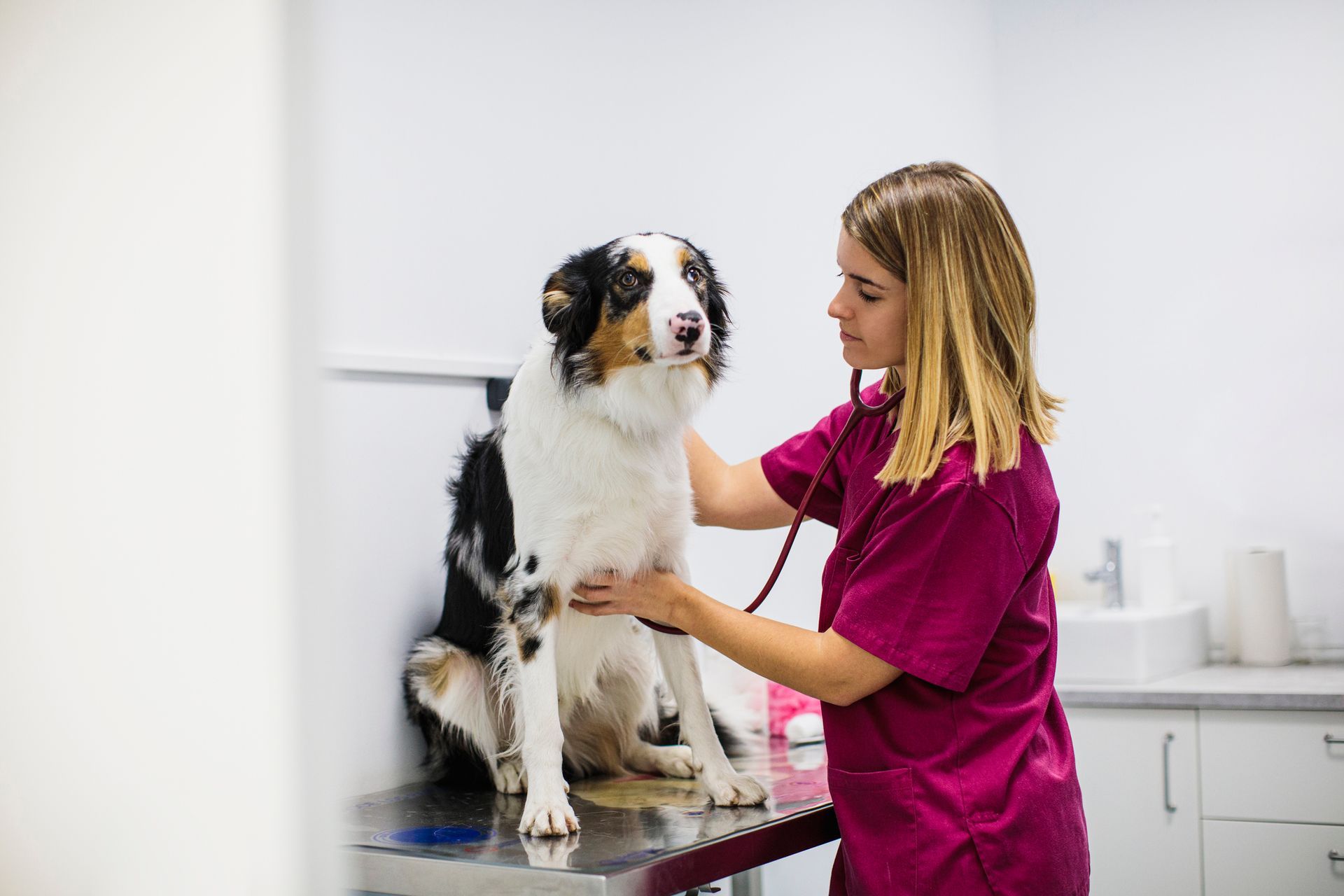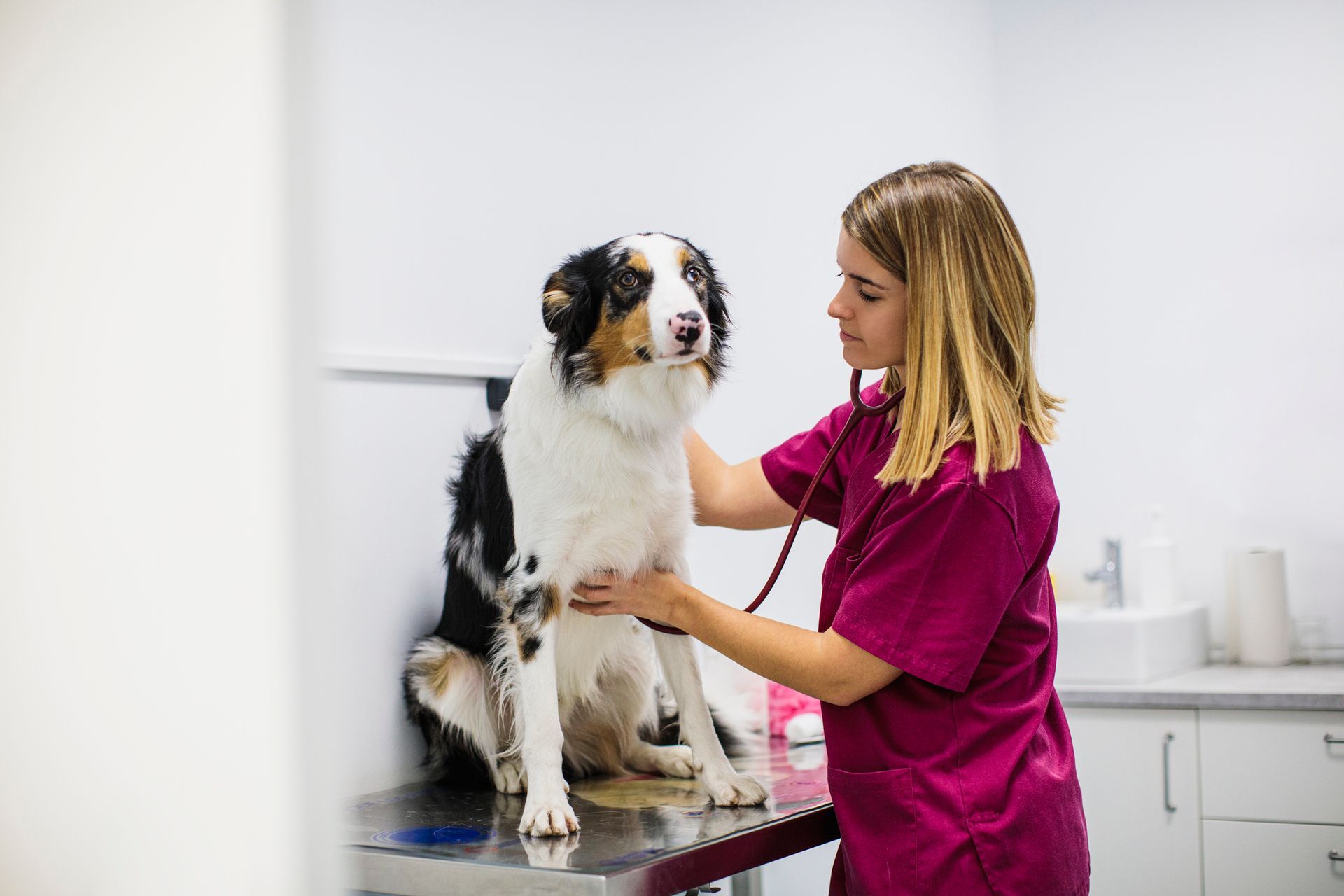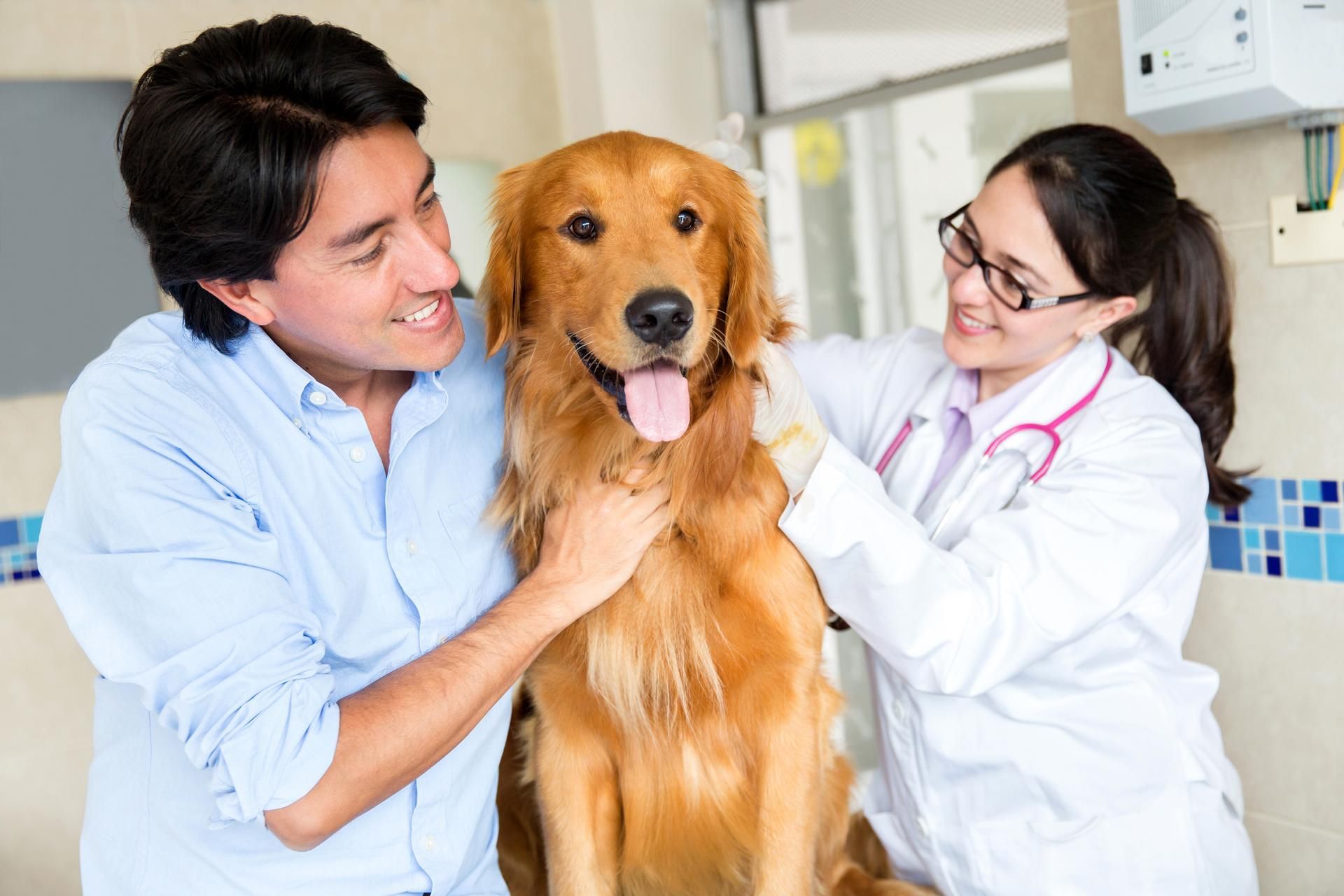FAQs about Bleeding in Pets | South Seattle Veterinary Hospital

Frequently Asked Questions about Bleeding in Pets
If you've ever cut your finger or experienced a nosebleed, you understand all too well how easily this problem can alarm you and anyone else who notices it. Pets can bleed for many of the same reasons as their human owners, from minor scrapes to serious internal health crises.
As a caring owner, you need to know what bleeding in your pet might indicate, how to provide first aid for a bleeding pet, and when to seek emergency veterinary evaluation and treatment. Get up to speed on the subject by taking a look at the following frequently asked questions and their answers.
What Causes External Bleeding in Pets?
External bleeding can occur in pets for many reasons. For example, pets that go without periodic nail trimming may catch their toenails in flooring or carpeting. The nails may then tear away from the cuticles, causing blood loss. A scrape or cut can cause skin bleeding, while an impact to the nose can trigger a nosebleed.
If your pet bleeds from the mouth, it may have damaged or lost a tooth. Periodontal disease can also cause bleeding from the mouth. In this condition, bacterial infiltration causes inflamed, swollen gums to bleed. Take this symptom as your cue to schedule an immediate dental evaluation and treatment for your pet.
What Causes Internal Bleeding in Pets?
The causes of internal bleeding can prove less obvious to owners than those of external bleeding. If your pet exhibits this problem, you must seek an immediate veterinary evaluation to find and treat the underlying cause. A pet may pass internal blood through the mouth, or blood may appear in the urine or stool.
Internal bleeding can stem from ulcers, fractures, tumors, or acute internal injuries such as ruptured organs. Auto accidents and other high-impact trauma can produce acute internal bleeding. Urinary stones such as kidney or bladder stones can leave blood in the urine, while colorectal disorders can leave blood in the stool.
What Can Your Pet's Blood Loss Tell You?
Some kinds of blood loss in pets may occur as a normal side effect of a veterinary treatment. For instance, you shouldn't feel alarmed if your pet displays a small amount of oral bleeding following a dental cleaning or treatment session. Surgical procedures may produce some postoperative bleeding at the incision site.
While bleeding from the mouth may signal a minor dental issue, it can also indicate internal bleeding, especially if you don't see any obvious tooth damage or gum inflammation. If blood comes from your pet's mouth, check to see whether it appears dark and grainy. This appearance points to a serious gastric ailment.
The blood's color and volume can give you other potentially useful information about your pet's bleeding issue. If you see small streaks of red blood in the stool, for example, suspect colitis. If the stool contains larger amounts of red blood, your pet's digestive organs may struggle with a serious viral infection.
Your pet need not bleed orally or rectally to show signs of internal bleeding. Other symptoms can include unusual weakness or listlessness that seems to grow progressively worse until the animal collapses. Pale gums, unnaturally cool extremities, and signs of pain when you touch the pet's belly can mean internal blood loss.
How Can You Help a Bleeding Pet?
Owners can often stop or slow a pet's external bleeding through home-based first aid measures. If your pet has a wounded paw or leg, elevate the extremity to help reduce the blood flow to it. Many wounds will respond to the application of direct pressure with a clean cloth or bandage, reducing blood flow and helping the blood to clot.
If you see bright red arterial blood spurting out of a wound, you may need to apply a tourniquet to bring this potentially dangerous blood loss to a halt. Knot a piece of cloth around the bleeding body part, then tie a knot around a stick. Twist the stick to apply pressure to the artery, releasing the pressure periodically.
How Do Emergency Veterinarians Treat Bleeding Problems?
Emergency veterinarians can use a variety of advanced techniques and technologies to diagnose and treat bleeding in pets. Ultrasound imaging can display internal injuries, organ tumors, and other causes of internal blood loss. In some cases, the veterinarian may perform exploratory surgery to find the exact origin of the bleeding.
A pet with external cuts and lacerations may need stitches to seal the edges of the wound and allow for normal healing. Stitches can also seal or reconnect blood vessels damaged by trauma. Your veterinarian may seal the smallest blood vessels by applying topical adrenaline or cauterizing them with a heated surgical tool.
A pet that has lost a lot of blood may need other treatment measures as well. Intravenous saline can help the heart keep pumping while the body rebuilds its blood supply. If your pet needs even more help, your veterinarian may administer a blood transfusion.
If your pet starts bleeding, contact the experts at South Seattle Veterinary Hospital. Our 24-hour emergency veterinary team can talk you through first aid care, perform a thorough evaluation in your facility, and administer any treatment necessary to get the blood loss under control.










